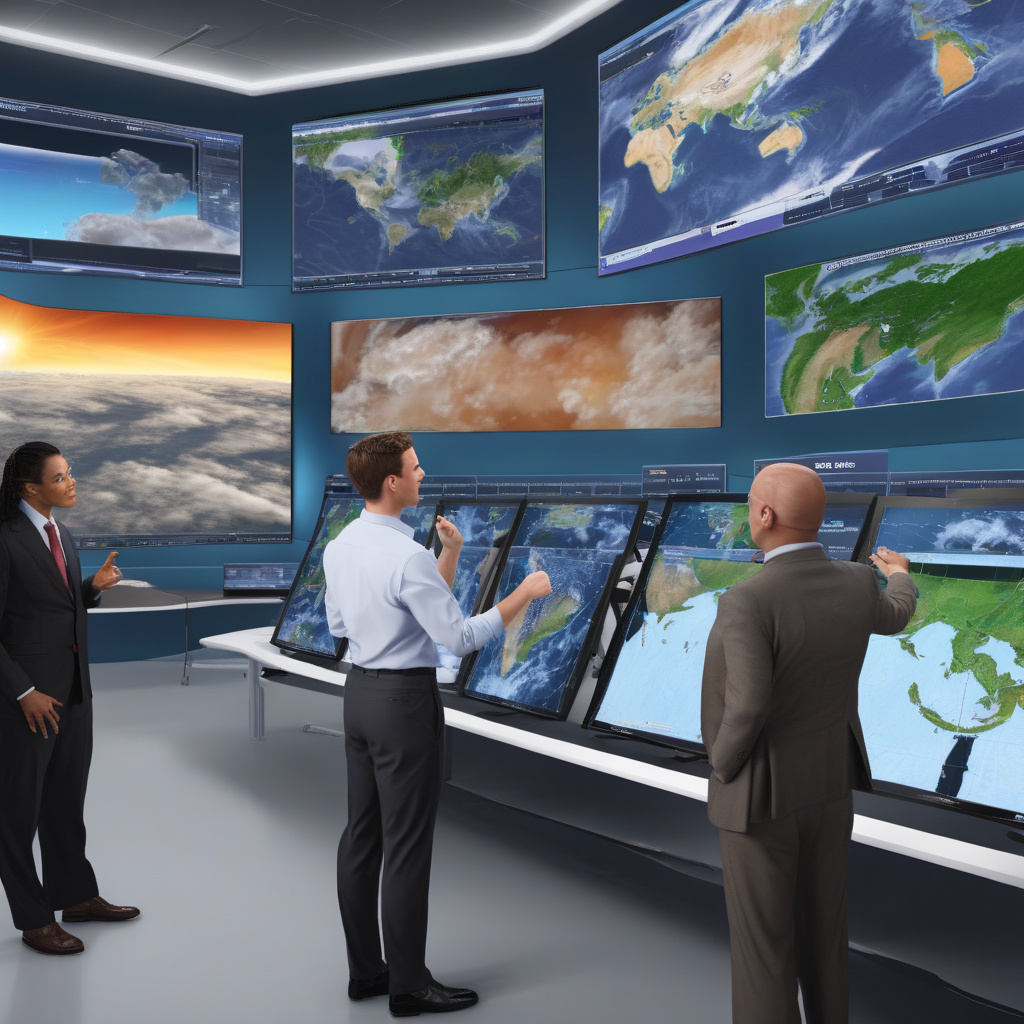AI-Enhanced Weather Forecasting: How JMA is Embracing Innovation
The Japan Meteorological Agency (JMA) is set to revolutionize weather forecasting by incorporating Artificial Intelligence (AI) into its processes. This move comes as no surprise, considering the potential AI holds in identifying patterns and enhancing the accuracy of weather forecasts.
By integrating AI into its forecasting systems, JMA aims to improve the precision and reliability of its predictions. Traditional weather forecasting methods rely heavily on historical data and meteorologists’ expertise. While these methods have served us well over the years, they are not without limitations. Weather patterns are becoming increasingly complex and difficult to predict accurately using conventional means alone.
This is where AI steps in to fill the gap. By leveraging the power of machine learning algorithms, JMA can analyze vast amounts of data in real-time, identify subtle patterns, and make more accurate forecasts. AI can process data much faster than humans, enabling meteorologists to make timely decisions and issue warnings more efficiently.
One of the key advantages of using AI in weather forecasting is its ability to adapt and learn from new data continuously. As weather patterns evolve and become more unpredictable, AI can adjust its algorithms to improve the accuracy of its predictions. This flexibility is crucial in an ever-changing climate where traditional forecasting methods may struggle to keep up.
Moreover, AI can also help JMA enhance its early warning systems for severe weather events. By analyzing data from various sources, including satellites, weather stations, and ocean buoys, AI can detect potential threats and issue alerts well in advance. This proactive approach can save lives and mitigate the impact of natural disasters on communities.
The integration of AI into weather forecasting is not without its challenges. One of the main concerns is the potential for bias in AI algorithms, which can lead to inaccurate predictions. To address this issue, JMA must ensure that its AI systems are trained on diverse and unbiased datasets to produce fair and reliable forecasts.
Additionally, the implementation of AI technology requires significant investment in infrastructure and training. JMA will need to upgrade its existing systems, acquire new technology, and provide ongoing training to meteorologists and data scientists to effectively harness the power of AI.
Despite these challenges, the benefits of AI-enhanced weather forecasting far outweigh the risks. By embracing innovation and leveraging AI technology, JMA can improve the accuracy of its forecasts, enhance early warning systems, and better protect communities from the impact of severe weather events.
As JMA prepares to test AI-enhanced weather forecasting, it sets a new standard for meteorological agencies worldwide. By harnessing the power of AI, JMA is at the forefront of innovation in weather forecasting, paving the way for more accurate predictions and better-informed decision-making in the face of changing weather patterns.
In conclusion, the integration of AI into weather forecasting represents a significant step forward for JMA and the field of meteorology as a whole. By combining human expertise with machine learning capabilities, JMA can deliver more accurate and timely forecasts, ultimately helping to build more resilient and prepared communities in the face of a changing climate.
JMA, AI, weather forecasting, innovation, accuracy.









